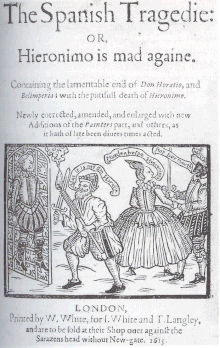"I made a great study of theology at one time," said Mr Brooke, as if to explain the insight just manifested. "I know something of all schools. I knewWilberforce in his best days.6Do you know Wilberforce?"Mr Casaubon said, "No.""Well, Wilberforce was perhaps not enough of a thinker; but if I went intoParliament, as I have been asked to do, I should sit on the independent bench,as Wilberforce did, and work at philanthropy."Mr Casaubon bowed, and observed that it was a wide field."Yes," said Mr Brooke, with an easy smile, "but I have documents. I began along while ago to collect documents. They want arranging, but when a question has struck me, I have written to somebody and got an answer. I have documents at my back. But now, how do you arrange your documents?""In pigeon-holes partly," said Mr Casaubon, with rather a startled air of effort."Ah, pigeon-holes will not do. I have tried pigeon-holes, but everything getsmixed in pigeon-holes: I never know whether a paper is in A or Z.""I wish you would let me sort your papers for you, uncle," said Dorothea. "Iwould letter them all, and then make a list of subjects under each letter."Mr Casaubon gravely smiled approval, and said to Mr Brooke, "You have anexcellent secretary at hand, you perceive.""No, no," said Mr Brooke, shaking his head; "I cannot let young ladies meddle with my documents. Young ladies are too flighty."Dorothea felt hurt. Mr Casaubon would think that her uncle had some special reason for delivering this opinion, whereas the remark lay in his mind aslightly as the broken wing of an insect among all the other fragments there, anda chance current had sent it alighting on her.When the two girls were in the drawing-room alone, Celia said —"How very ugly Mr Casaubon is!""Celia! He is one of the most distinguished-looking men I ever saw. He is remarkably like the portrait of Locke. He has the same deep eye-sockets."
Fascinating that within a section or prose about indexing within MiddleMarch (set in 1829 to 1832 and published in 1871-1872), George Eliot compares a character's distinguished appearance to that of John Locke!
Mr. Brooke asks for advice about arranging notes as he has tried pigeon holes but has the common issue of multiple storage and can't remember under which letter he's filed his particular note. Mr. Casaubon indicates that he uses pigeon-holes.
Dorothea Brooke mentions that she knows how to properly index papers so that they might be searched for and found later. She is likely aware of John Locke's indexing method from 1685 (or in English in 1706) and in the same scene compares Mr. Casaubon's appearance to Locke.



 In the poem, “The Wasteland,” T.S. Eliot wastes no time in creating imagery of the fragmented / ruins. Just the very form it is written in fragments the poem as a whole.
Eliot mixes the motif of the fragmented with the ruined, and the first instance of the ruin in the piece comes from section I. THE BURIAL OF THE DEAD. Burials and death are both forms of physical destruction or disintegration, and Eliot sets the tone for the beginning of the poem with this theme.
In the poem, “The Wasteland,” T.S. Eliot wastes no time in creating imagery of the fragmented / ruins. Just the very form it is written in fragments the poem as a whole.
Eliot mixes the motif of the fragmented with the ruined, and the first instance of the ruin in the piece comes from section I. THE BURIAL OF THE DEAD. Burials and death are both forms of physical destruction or disintegration, and Eliot sets the tone for the beginning of the poem with this theme.
